Ajanta Caves a UNESCO World Heritage Site and place of pilgrimage for Tibetan Buddhists and Buddhists from around the world
Tibet is a major contributor to Buddhism in the form of its unique Buddhist philosophy and culture. Similar to other places in Asia, Tibet has had its own unique cultural relationship with India which spans thousands of years. Ajanta Caves are a significant place of worship for Tibetan Buddhist community.
Tibetan Buddhism forms a core part of Tibetan Culture and there was much cultural exchange between Ancient India and Tibet. Buddhism was brought to Tibet from India.
Tibetan Buddhism has had a significant cultural influence on Bhutan and bordering areas in India. His Holiness the Dalai Lama who is the most well-known exponent of Tibetan Buddhism has been at the forefront of cultural exchanges between Tibetan Buddhists and Buddhists in India.

Co-Founders of Ajantahc, Vedan Choolun and Ashwin Srivastav strongly believe that Ajantahc can help bring together Buddhists from all over Asia to reconnect and exchange culturally with those in India.
Ajanta’s purpose as laid out by Mayfair, London based Co-Founder Vedan Choolun is a unique initiative using state of the art AI techniques to digitally preserve 2nd Century BC Ajanta Cave Paintings to benefit generations to come.
Leading the preservation and digitization efforts is Ashwin Srivastav Co-Founder based in Mumbai, India. The digitized form of these paintings in Ajanta Caves in Aurangabad District, Maharashtra India are designated a UNESCO World Heritage Site.
Ashwin Srivastav explains that the Ajanta Paintings will be restored and stored on an island in Svalbard, Norway together with other digital artifacts from the Vatican Library, political histories, masterpieces from times past.


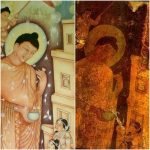

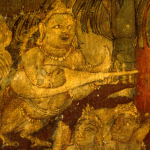
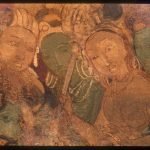




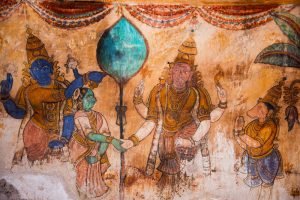



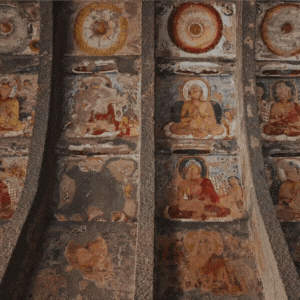

Add Comment